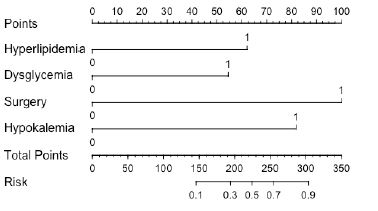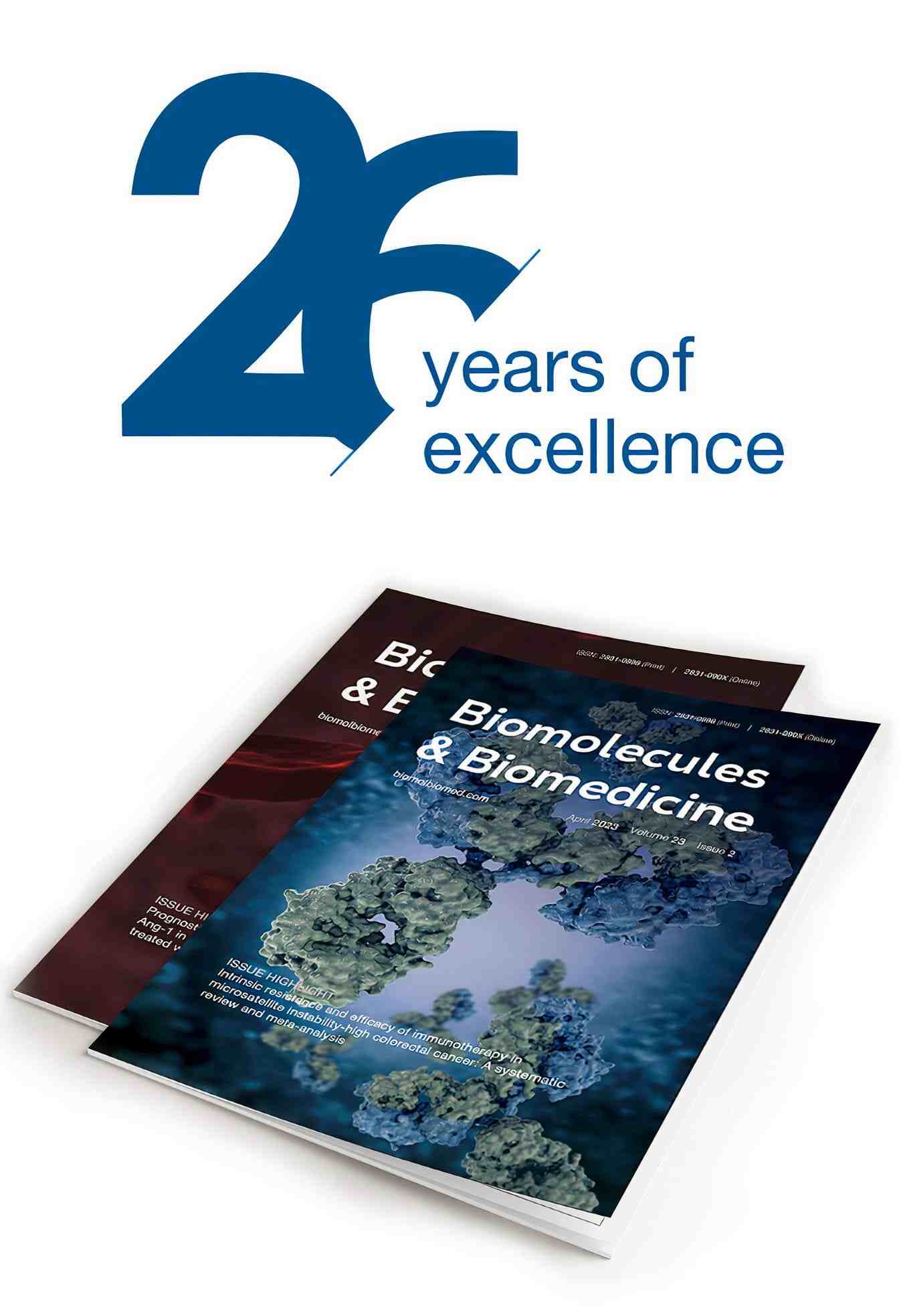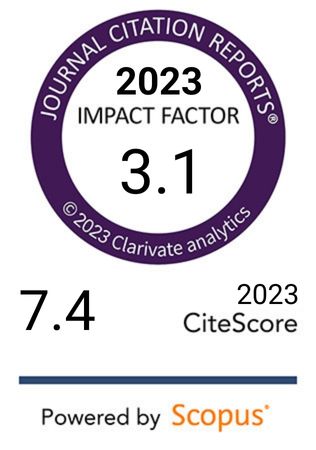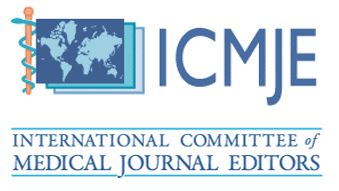Risk factors and a nomogram for predicting valproic acid-induced liver injury : A nested case-control study
DOI:
https://doi.org/10.17305/bb.2024.11258Keywords:
Valproic acid, VPA, liver injury, prescription sequence analysis, PSA, nested case-control, predictive modelAbstract
The risk factors for liver injury induced by valproic acid (VPA) are not well understood, and no predictive tool currently exists to identify patients at risk. This study aims to explore these risk factors and develop a predictive model. We collected medical data from patients treated with VPA between January 1, 2020, and October 31, 2023. Prescription sequence analysis was used to identify patients with suspected VPA-induced liver injury, and the Roussel Uclaf Causality Assessment Method was applied to confirm the diagnosis. Risk factors were analyzed using logistic regression, and a nomogram model was developed and evaluated. A total of 256 cases were included in the study: 64 in the VPA-induced liver injury group and 192 in the control group. The incidence of liver injury was 5.3%. Multivariate logistic regression analysis revealed that dysglycemia (odds ratio [OR] = 5.171; 95% confidence interval [CI]: 1.254–21.325), hyperlipidemia (OR = 4.903; 95% CI: 1.400–17.173), surgery (OR = 10.020; 95% CI: 1.737–57.805), and hypokalemia (OR = 10.407; 95% CI: 2.398–45.173) were significant independent risk factors for VPA-induced liver injury. The area under the receiver operating characteristic curve was 0.904 (95% CI: 0.860–0.947), indicating excellent model performance. The Hosmer–Lemeshow test yielded a P value of 0.2671, and the calibration plot slope was close to one, further supporting the model’s accuracy. The findings suggest that patients with dysglycemia, hyperlipidemia, a history of surgery, and hypokalemia are at higher risk for VPA-induced liver injury. The nomogram model provides a reliable method for predicting the likelihood of liver injury in these patients.
Citations
Downloads

Downloads
Published
License
Copyright (c) 2024 Yue Chen, Yadong Wang, Runan Xia, Yi Chen, Xuefeng Xie

This work is licensed under a Creative Commons Attribution 4.0 International License.









